The United States and the Global Economy
The United States and the Global Economy
From Bretton Woods to the Current Crisis
Frederick S. Weaver
ROWMAN & LITTLEFIELD PUBLISHERS, INC.
Lanham Boulder New York Toronto Plymouth, UK
Published by Rowman & Littlefield Publishers, Inc.
A wholly owned subsidiary of The Rowman & Littlefield Publishing Group, Inc.
4501 Forbes Boulevard, Suite 200, Lanham, Maryland 20706
http://www.rowmanlittlefield.com
Estover Road, Plymouth PL6 7PY, United Kingdom
Copyright 2011 by Rowman & Littlefield Publishers, Inc.
All rights reserved . No part of this book may be reproduced in any form or by any electronic or mechanical means, including information storage and retrieval systems, without written permission from the publisher, except by a reviewer who may quote passages in a review.
British Library Cataloguing in Publication Information Available
Library of Congress Cataloging-in-Publication Data
Weaver, Frederick Stirton, 1939
The United States and the global economy : from Bretton Woods to the current crisis / Frederick S. Weaver.
p. cm.
Includes bibliographical references and index.
ISBN 978-1-4422-0889-6 (cloth : alk. paper) ISBN 978-1-4422-0890-2 (electronic)
1. United StatesForeign economic relations. 2. United StatesCommerce. 3. United StatesEconomic conditions1945 4. United StatesEconomic policy. I. Title.
HF1455.W3174 2011
337.73dc23
2011027704
 The paper used in this publication meets the minimum requirements of American National Standard for Information SciencesPermanence of Paper for Printed Library Materials, ANSI/NISO Z39.48-1992.
The paper used in this publication meets the minimum requirements of American National Standard for Information SciencesPermanence of Paper for Printed Library Materials, ANSI/NISO Z39.48-1992.
Printed in the United States of America
For
Sharon Hartman Strom
Acknowledgments
I have been privileged to be a Reader at the Huntington Library in Pasadena, California, for two periods during the writing of this book. The Huntington gave me a place to work, world-class resources, and a set of outstanding and congenial colleagues in an extraordinarily beautiful setting. The Huntington has to be one of the most delightful places to work (and wander) in the world. Within the Huntington, I am especially grateful to the staff of the Readers Services Department for their helpfulness, courtesy, and humor. The welcoming of the residential community at Monte Vista Grove Homes and the assistance of Nancy Lain and Ed Cortez have helped make my stays in Pasadena both pleasant and productive. I am also grateful to my Rowman & Littlefield editors, Niels Aaboe, Carrie Broadwell-Tkach, Sarah David, and Jehanne Schweitzer, for their encouragement and support.
My greatest debt, however, is to my wife, Sharon Hartman Strom. She contributed mightily to this book with suggestions about substance and presentation and with good judgment and humor and wonderful companionship at a time when she had her own projects in the works.
Thank you all.
Introduction
This book introduces readers to the patterns of change in the international economy since World War II. These patterns, I argue, have profound implications within nations for shifts in political power, income distribution, workers rights, and social and welfare policies. The organization of the book is generally chronological, but the reader will find that the chronology becomes rather elastic at times in order to complete an argument or to tie up a loose end. The international economy is constantly changing and developing, and this approach is appropriate for deepening our understanding of recent global economic turmoil.
The speed of such changes can be dizzying. For example, the international economic crisis beginning in 2008 was itself a game changer for domestic politics and international relations. While people were trying to dig themselves out from the morass of the Great Recession, political upheavals in North Africa and the Middle East occurred in early 2011, along with an earthquake and tsunami in Japan that caused a potential nuclear catastrophe. These are momentous events that will continue to affect the international economy in myriad ways, but since these events occurred as I was finishing this book and continued to unfold as I did finish it, they can appear in my narrative only as bare sketches, but, I hope, evocative ones.
The ways in which international events, issues, and relationships reflected and shaped changes in the U.S. economy is my central theme. This attention to the United States is not simple jingoism; over the last sixty years, the United States has been the dominant player in the world economy, and although its dominance is not as complete as it once was, the U.S. governments actions and economic processes still have definite effects on global economic affairs, for better and for worse. There have been a number of international developments that have affected the U.S. role in the international economy and that are important in their own right: the emergence of the European Union, policies of the Organization of Petroleum Exporting Countries, the collapse of the Soviet Union, the rise of China as an export superpower, and economic successes in South Korea, India, Brazil, and Southeast Asia. Each of these has to be considered carefully.
A second goal of this book is to provide the reader with the vocabulary of key elements of international economic analysis and their interactions, with the hope of making international economic affairs more accessible. It is difficult to understand news accounts of international economic happenings without grasping the differences between balances of trade and balances of payments, foreign direct investment and foreign portfolio investment, or the meaning of most-favored-nation agreements.
The chapters emphases go back and forth between the international economy and the U.S. economy to illustrate their interactions. After a brief look at U.S. involvement in the international economy before World War II, chapter 1 describes the Bretton Woods conference of 1944, the dollar exchange standard, and the three international institutions created to monitor and guide the new international structure. Although not a direct result of the Bretton Woods agreement, the European Economic Community, established in 1957, was the fourth major economic institution created in the two decades after World War II.
Chapter 2 focuses on features of the U.S. economy that came together in the 1950s and 1960s with implications for the nation and the world. The new type of transnational corporation was a product of that new configuration, changing patterns of international trade and politics throughout the Cold War world by drawing many less-industrialized countries into the international economy in new ways.
Chapter 3 records the success of the dollar exchange standard in expanding international trade and investment, and how the ensuing prosperity facilitated new shifts in U.S. politics. The very success of the Bretton Woods system caused its own destruction by undermining the strength of the U.S. dollar in the face of an increasingly competitive international economy. When the U.S. government unilaterally abrogated the Bretton Woods agreement in 1971, the consequent devaluation of the dollar triggered the quadrupling of petroleum prices and, in turn, the 1980s international debt crises in less-developed countries.
Chapter 4 returns to the U.S. economy, emphasizing the ways in which increased price competition from foreign firms disrupted relations among U.S. firms and between employers and workers, and impeded the further development of social policies. The new competitive patterns also recast the international economy. After describing the dynamics of the new free-market global capitalism, I discuss the ways in which the changed patterns created new transnational corporate behavior and a surge of deregulation initiatives.


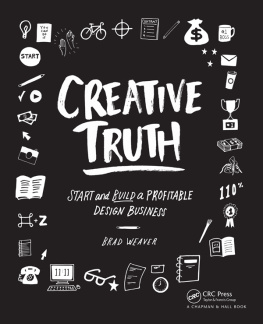




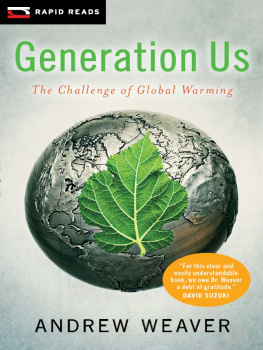
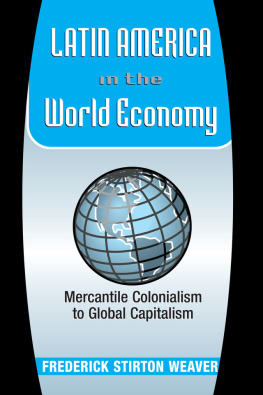
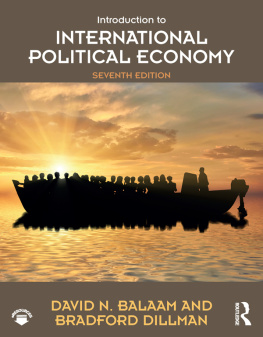

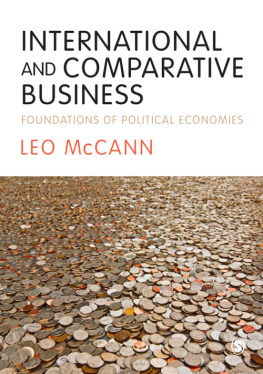
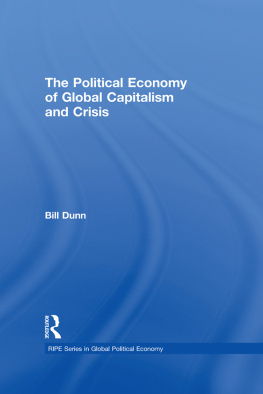
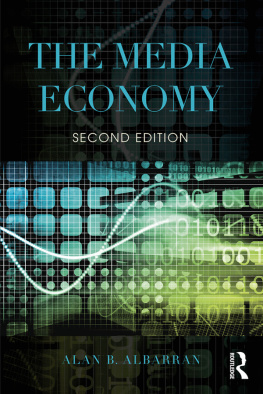

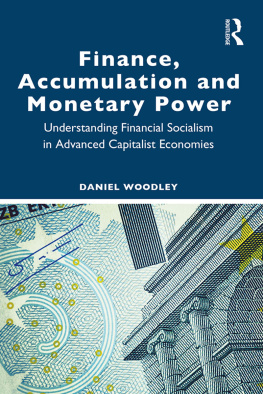
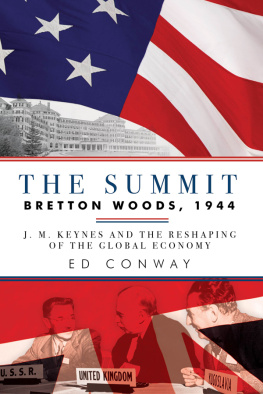
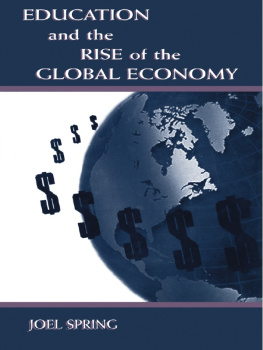
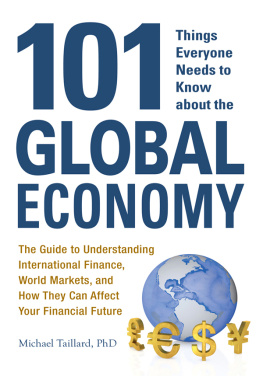
 The paper used in this publication meets the minimum requirements of American National Standard for Information SciencesPermanence of Paper for Printed Library Materials, ANSI/NISO Z39.48-1992.
The paper used in this publication meets the minimum requirements of American National Standard for Information SciencesPermanence of Paper for Printed Library Materials, ANSI/NISO Z39.48-1992.